10 Best Ways to Childproof Furniture in Your Home – A Complete Safety Guide
Learn how to childproof furniture in your home with practical and effective safety tips. Discover ways to secure sharp edges, prevent tipping hazards, and create a safe environment for your little ones.
FURNITUREORGANISING
3/19/2025
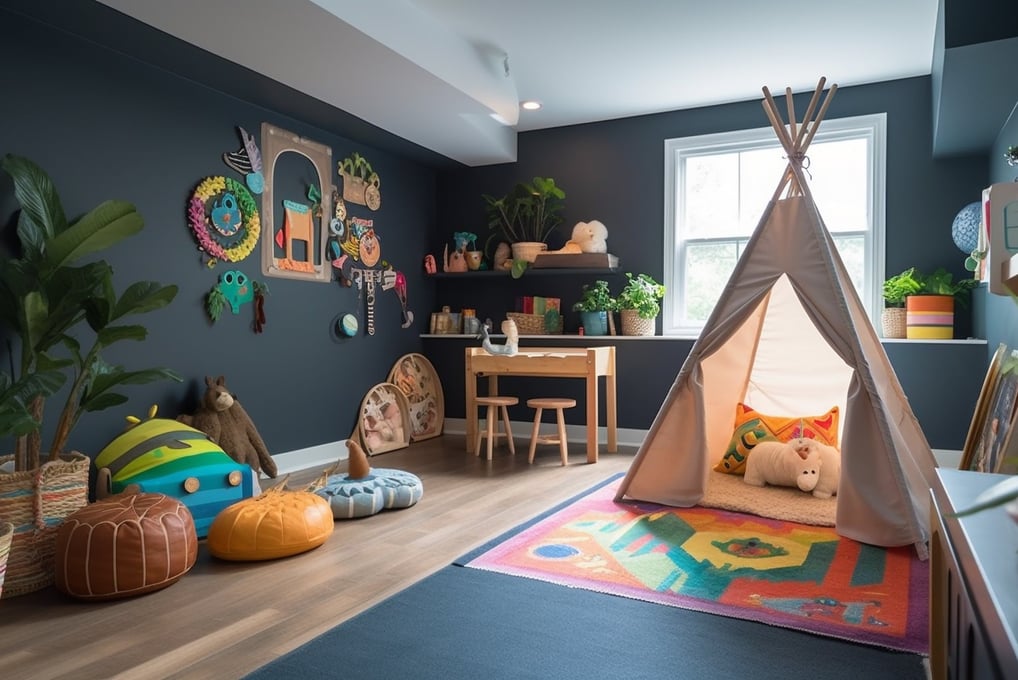

As parents, ensuring a safe environment for your little ones is a top priority. Children are naturally curious and love to explore, which often leads them to climb, pull, or bump into furniture. Sharp edges, unstable furniture, and small gaps can pose serious hazards. Childproofing your furniture is essential to prevent accidents and injuries.
Here are the 10 best ways to childproof furniture in your home, ensuring a safer space for your kids to play and grow.
Secure Heavy Furniture to the Wall to Prevent Tip-Overs
Use Corner Guards and Edge Bumpers on Sharp Furniture
Install Drawer and Cabinet Locks to Keep Hazardous Items Out of Reach
Stabilize Freestanding Furniture with Anti-Tip Devices
Cover Electrical Cords and Outlets Near Furniture
Use Door Stoppers and Finger Pinch Guards
Opt for Rounded or Soft Furniture Designs
Keep Small Objects and Choking Hazards Away
Use Furniture Anchors for TVs and Large Electronics
Supervise and Educate Your Child on Furniture Safety
1. Secure Heavy Furniture to the Wall to Prevent Tip-Overs
Coffee tables, countertops, and entertainment centers often have sharp corners that can cause painful injuries if a child falls or bumps into them. Soft corner guards and edge bumpers are an excellent solution to cushion these hard edges. These safety accessories are usually made from silicone or foam and come in various colors to blend with your furniture.
Some models are adhesive, while others slide on, making them easy to install and remove when no longer needed. Not only do they protect your child from cuts and bruises, but they also help minimize damage to furniture from daily wear and tear.
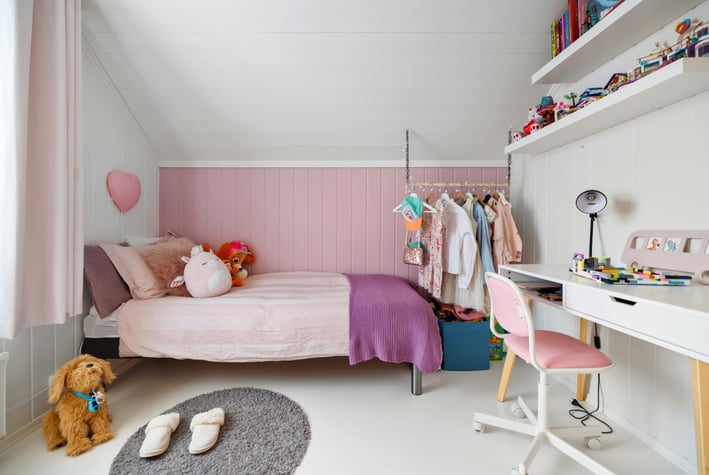

Children are naturally drawn to drawers and cabinets, where they might find sharp objects, cleaning supplies, or small choking hazards. Safety latches, magnetic locks, and sliding drawer locks can prevent little hands from accessing dangerous items. Adhesive locks are ideal for renters since they don’t require drilling, while magnetic childproof locks offer a more permanent solution.
Make sure to secure all accessible cabinets, especially in kitchens and bathrooms, where hazardous chemicals are often stored. Regularly check the locks to ensure they remain functional as children grow stronger and more persistent.
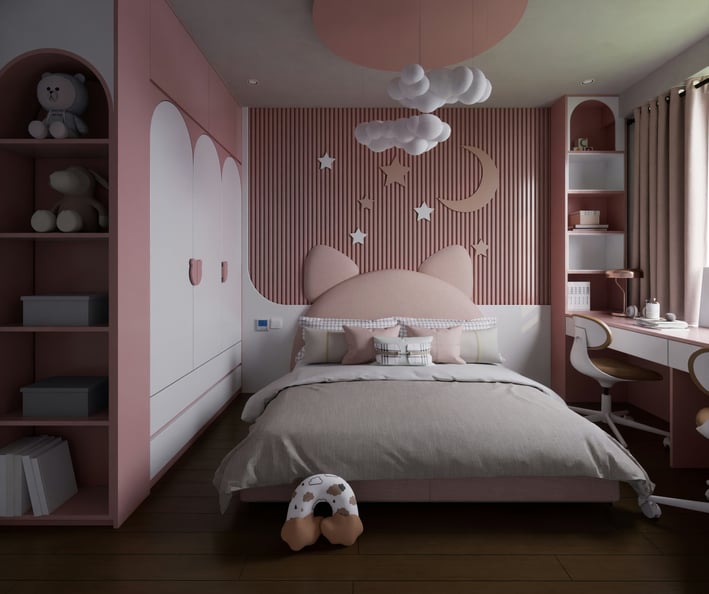

Freestanding furniture like bookshelves, entertainment centers, and dressers can be unstable, especially if a child tries to climb them. Anti-tip devices, furniture straps, and wall tethers help keep these pieces firmly in place.
Some furniture comes with built-in anti-tip mechanisms, but if yours doesn’t, retrofit kits are widely available. Always follow the manufacturer’s instructions for installation to ensure maximum safety. Additionally, avoid placing heavy items on top shelves, as this can make furniture top-heavy and more likely to tip.
One of the most critical steps in childproofing furniture is anchoring heavy pieces like bookshelves, dressers, and TV stands to the wall.
Children love to climb, and unsecured furniture can easily topple over, leading to severe injuries. Use anti-tip straps, furniture anchors, or L-brackets to fasten furniture securely to wall studs. Many modern safety kits come with easy-to-install hardware that doesn’t damage walls. The Consumer Product Safety Commission (CPSC) reports that thousands of children are injured each year due to furniture tip-overs, making this a non-negotiable safety measure. Always check the sturdiness of the anchors periodically, especially if your child is an active climber.
3. Install Drawer and Cabinet Locks to Keep Hazardous Items Out of Reach
2. Use Corner Guards and Edge Bumpers on Sharp Furniture
4. Stabilize Freestanding Furniture with Anti-Tip Devices
Electrical cords from lamps, TVs, and other devices can pose strangulation or electrocution risks if left exposed.
Use cord shorteners, cable organizers, or cord covers to keep wires out of reach. Additionally, safety outlet covers should be installed on all unused electrical sockets near furniture. For a more permanent solution, consider power strip covers that encase entire surge protectors, preventing children from pulling out plugs. Keeping cords neatly tucked away also reduces tripping hazards for both kids and adults.
5. Cover Electrical Cords and Outlets Near Furniture

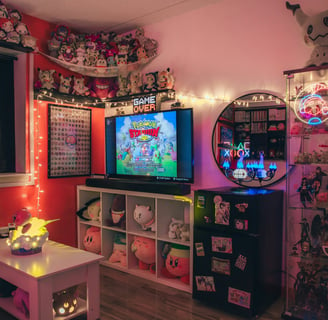
6. Use Door Stoppers and Finger Pinch Guards
Doors can slam shut unexpectedly, causing painful finger injuries. Door stoppers and hinge guards prevent doors from closing completely, protecting tiny fingers. Soft foam door guards can be wedged at the top, while finger pinch guards attach directly to the hinge side. Sliding door locks are also useful for preventing children from accessing off-limits areas like laundry rooms or home offices.
7. Opt for Rounded or Soft Furniture Designs
Safety remains a top priority when selecting children's bedroom furniture. Rounded-edge furniture, anti-tip dressers, and soft-close drawers prevent accidents. Non-slip rugs and corner guards add extra protection for toddlers. Ergonomic study chairs and adjustable-height desks promote good posture for school-going kids. Certified non-toxic materials ensure the furniture is free from harmful chemicals.
Many brands now offer GREENGUARD Gold-certified products, guaranteeing low emissions. Parents are also choosing lightweight yet sturdy furniture that kids can move safely. This trend emphasizes child-friendly designs that prioritize well-being.
8.Keep Small Objects and Choking Hazards Away
Furniture with small detachable parts (like knobs or decorative accents) can be choking hazards. Replace small knobs with larger, child-safe handles, and ensure all screws and bolts are tightly secured. Regularly inspect furniture for loose parts that could come off and pose a risk.
9. Use Furniture Anchors for TVs and Large Electronics
Flat-screen TVs can easily fall if pulled by a curious child. TV straps and mounts secure them to walls or stands, preventing dangerous accidents.
If your TV is on a stand, ensure the stand itself is also anchored. Avoid placing remote controls or toys on top of the TV, as children may try to climb up to reach them.
10. Supervise and Educate Your Child on Furniture Safety
While childproofing helps, active supervision is irreplaceable. Teach toddlers not to climb furniture and explain potential dangers in simple terms. Encourage safe play habits and redirect them to child-friendly areas. As they grow, reinforce safety rules to foster awareness.
Final Thoughts
Childproofing furniture is an ongoing process that evolves as your child grows. By implementing these 10 safety measures, you can significantly reduce risks and create a secure home environment. Regularly reassess your childproofing strategies to adapt to new hazards as your little one becomes more mobile and curious. Investing in high-quality safety products and staying vigilant will ensure peace of mind, knowing your child is protected from preventable accidents.
By following these childproofing tips, you can create a baby-safe home where your little explorer can thrive without unnecessary dangers. Stay proactive, and enjoy a safer, happier home for your family!
MOST READ
HOUSE TOURS
Stunning 2700 Sq. Ft. Nalukettu Home with a Modern Touch
2 MIN READ
HOUSE TOURS
Exploring a 5BHK Contemporary Home in Kerala
2 MIN READ
HOUSE TOURS
Elegant 3BHK Home Tour
2 MIN READ
HOUSE TOURS
Inside a Stunning Rs. 2 Crore Dream Home in Palai, Kerala – UrbanSpacee’s First Home Tour!
3 MIN READ
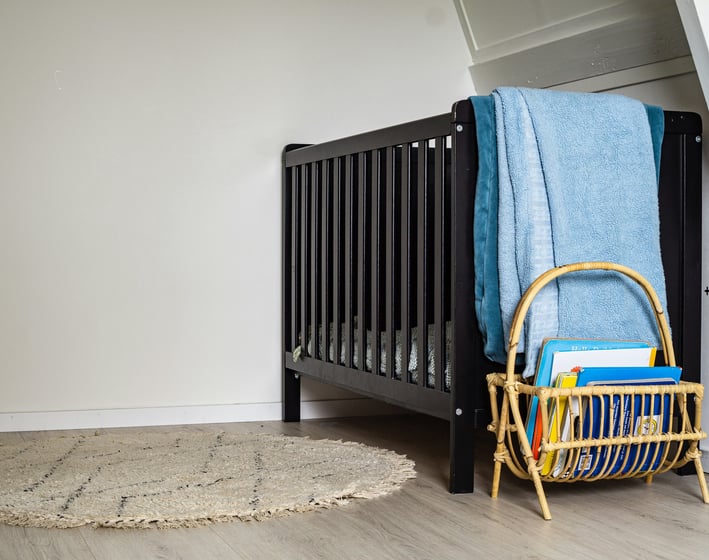

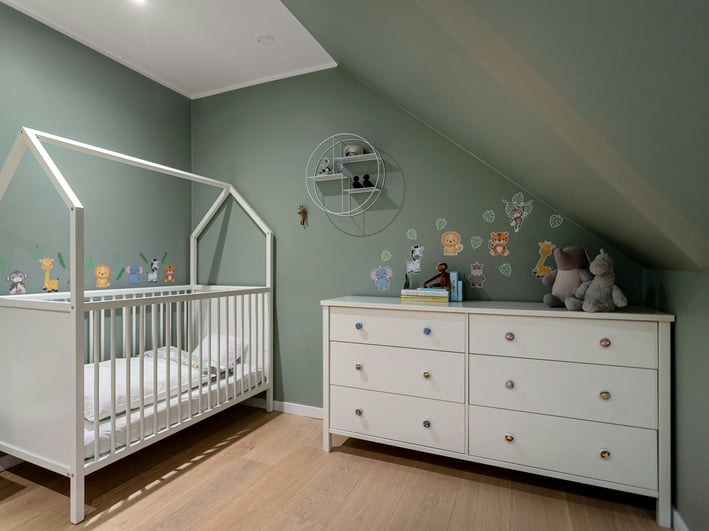

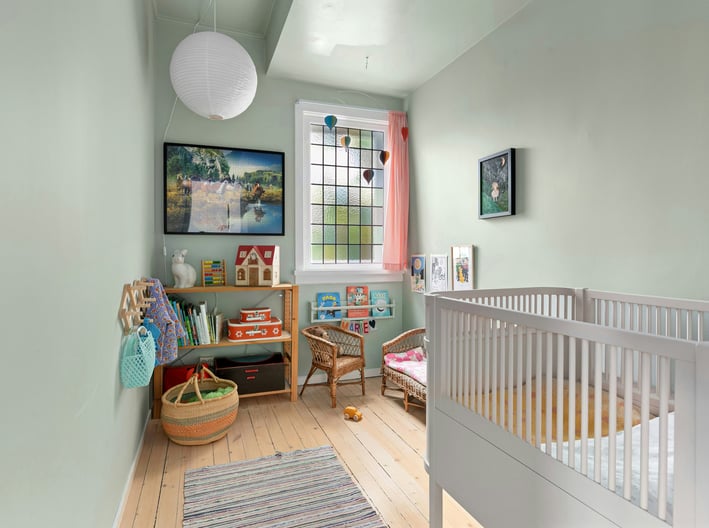

Follow Us
Explore smart furniture ideas for modern living.
For Enquiry
contact: info@urbanspacee.com,
+91 91886 37751
© 2025. All rights reserved./Terms and Conditions/Privacy policy
Newsletters
This blog contains affiliate links.For promoting there products ,we may earn a commission if you purchase through these links, at no extra cost to you.
